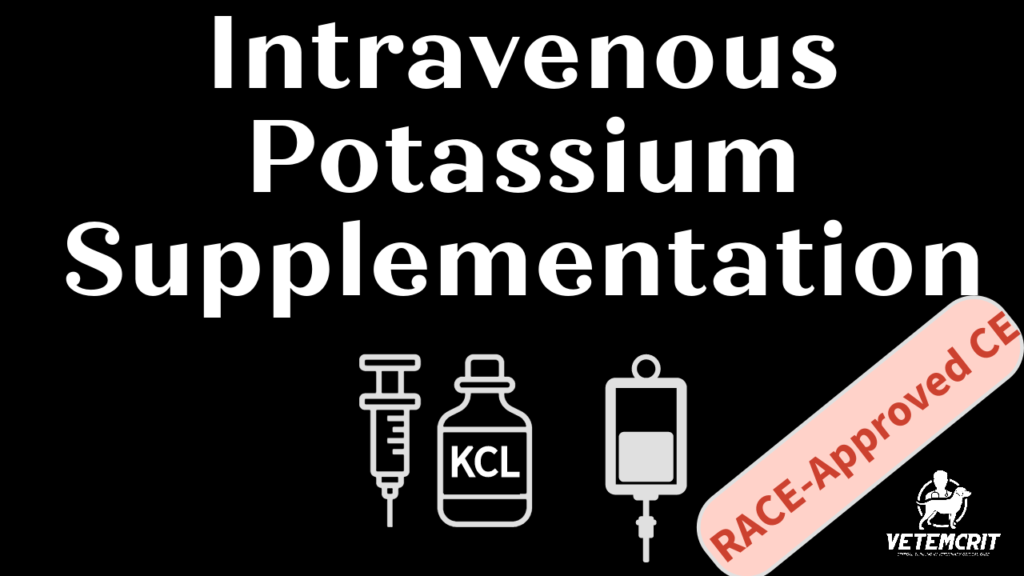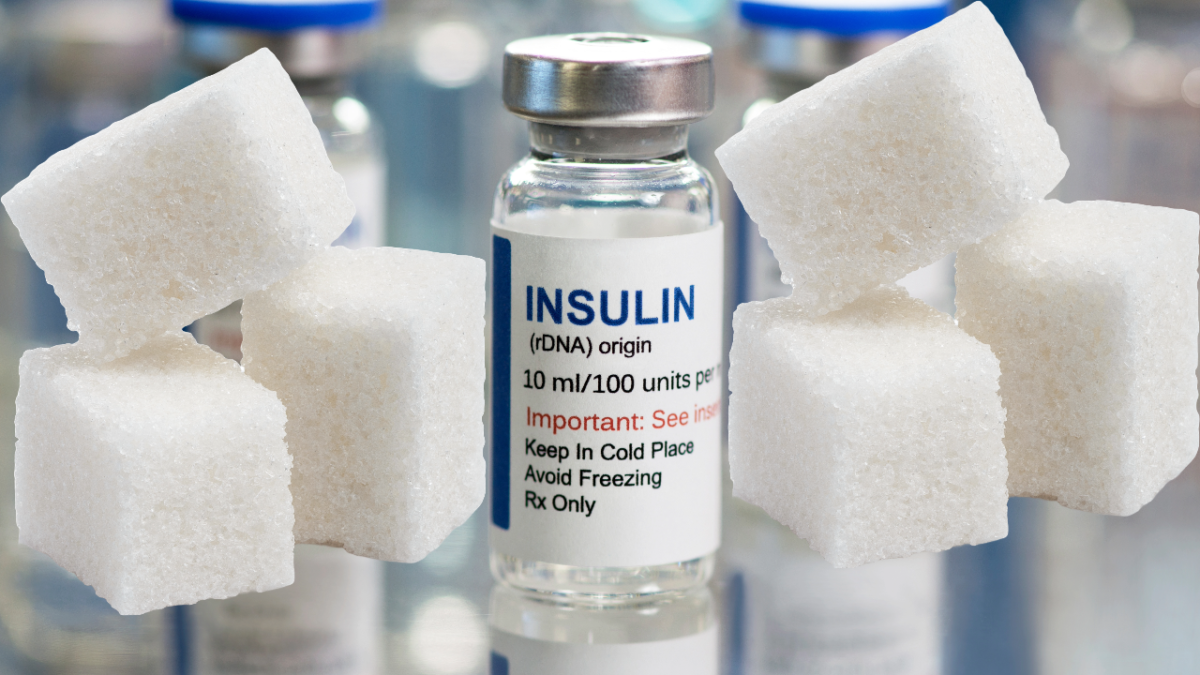Hyperkalemia in dogs and cats can be treated with a wide variety of methods in an emergency veterinary setting. These methods may include intravenous isotonic crystalloid fluid therapy, insulin with dextrose, sodium bicarbonate, adrenergic receptor agonists (e.g. albuterol or terbutaline) and, ultimately, treatment of the underlying condition (e.g. relief of the urethral obstruction).
The main mechanisms of action of these therapies are the following:
- IV fluids: Increase glomerular filtration rate → enhancing potassium elimination + dilutional effect;
- Exogenous insulin: Stimulates the Na-K-ATPase pumps on cell surfaces → net movement of extracellular potassium into the cells;
- Dextrose alone: Stimulates the release of endogenous insulin from the beta islet cells of the pancreas → same upregulation of the Na-K-ATPase pumps;
- Sodium bicarbonate: Increases the activity of H+/K+ exchangers on cell surfaces + increases the activity of Na+/H+ exchange → driving Na-K-ATPase pump to move K+ into the cell in exchange for sodium;
- Sympathomimetics: Lower K+ by stimulation of the Na-K-ATPase pumps → an intracellular shift in potassium.
In a recent study published by Jones et al. (JFMS 2022), authors evaluated different potassium-lowering treatment strategies used by clinicians managing male cats with urethral obstruction presenting to a university teaching hospital (UC Davis). One of their objectives was to determine how much dextrose was required per unit of insulin to prevent hypoglycemia in this population of cats.
This was a retrospective study (2002-2017), and 50 male cats ended up being included for the final analysis. Only cats presenting with a blood potassium ⩾7.0 mEq/l due to urethral obstruction were evaluated for the purpose of the study.
Although not used as a method to lower the blood potassium, intravenous calcium was administered in 36 (72%) cats. Other medical treatment strategies for the reduction of hyperkalemia included the following:
- IV fluids + dextrose + insulin = 21 cats (42%)
- IV fluids + dextrose + insulin + sodium bicarbonate = 14 cats (28%)
- IV fluids only = 4 cats (8%)
- Dextrose + insulin + sodium bicarbonate = 4 cats (8%)
- IV fluids + dextrose + sodium bicarbonate = 2 cats (4%)
- Dextrose + insulin only = 2 cats (4%)
- IV fluids + sodium bicarbonate = 1 cat (2%)
- Dextrose + sodium bicarbonate = 1 cat (2%)
- Urethral catheterization only = 1 cat (2%)

In the cohort of 40 cats treated with insulin + dextrose, the median insulin dose administered in the first hour was 0.17 units/kg, ranging from 0.07 to 0.5 units/kg. The median dextrose dose administered in the first hour was 0.45 g/kg, ranging from 0.1 to 1 g/kg.
Of the 9 cats with known dextrose:insulin dose, three became hypoglycemic; two of these cats had received 2.1 and 2.5 grams of dextrose for each unit of insulin. There was no association between the early initiation of dextrose-containing fluids and avoidance of low blood glucose.
This observation suggests that the previously recommended ratio of 2 g dextrose for every 1 unit of insulin administered may not be sufficient to avoid hypoglycemia in all cats.
Given the variability of recommendations for dextrose dosing, and the fact this study’s feline population contained animals that developed hypoglycemia despite receiving ⩾2 g dextrose/unit insulin, it is reasonable to recommend a greater dextrose:insulin ratio when treating hyperkalemia.
For example, in my personal practice I prefer to administer 0.1 unit/kg of regular insulin in combination with 1 ml/kg of 50% dextrose followed by 5% dextrose CRI. And I would use the following protocol for a standard 5-kg feline patient:
- 0.5 unit of insulin (a total dose per cat) IM or IV depending on the patient’s stability;
- 5 ml of 50% dextrose IV = 2.5 grams (diluted 1:4 – 1:6 to decrease osmolality of the solution and prevent phlebitis);
- The insulin:dextrose ratio will end up being ~ 5 g/unit;
- Followed by 5% dextrose added to the bag of fluid that the cat is currently receiving;
- Recheck blood glucose every 30-60 min for the first 1-2 hours, and then every 2 hours for the next 6-8 hours or sooner if the cat becomes symptomatic for hypoglycemia.
The Bottom Line
A dextrose:insulin ratio of 2 g/unit appears to be inadequate in preventing hypoglycemia in some cats, regardless of whether a dextrose-containing CRI is administered. Higher dextrose:insulin ratios and frequent blood glucose monitoring should be considered when treating hyperkalemia.

References
Jones JM, Burkitt-Creedon JM, Epstein SE. Treatment strategies for hyperkalemia secondary to urethral obstruction in 50 male cats: 2002-2017. J Feline Med Surg. 2022 Dec;24(12):e580-e587. doi: 10.1177/1098612X221127234. Epub 2022 Nov 9. PMID: 36350735; PMCID: PMC9742918.


certainly like your website but you need to take a look at the spelling on quite a few of your posts. Many of them are rife with spelling problems and I find it very troublesome to inform the reality nevertheless I will definitely come back again.
안전놀이터 메이저사이트 추천
“Nice work!”
[토토사이트 추천] 함께 나누는 온라인 안전 놀이터 정보!
Totally agree with this! The article is on point.
[토토사이트] 카지노커뮤니티 이용으로 먹튀검증 및 토토사이트 먹튀를 예방하세요.
cv ksa: Your perspective adds significant value—well done!